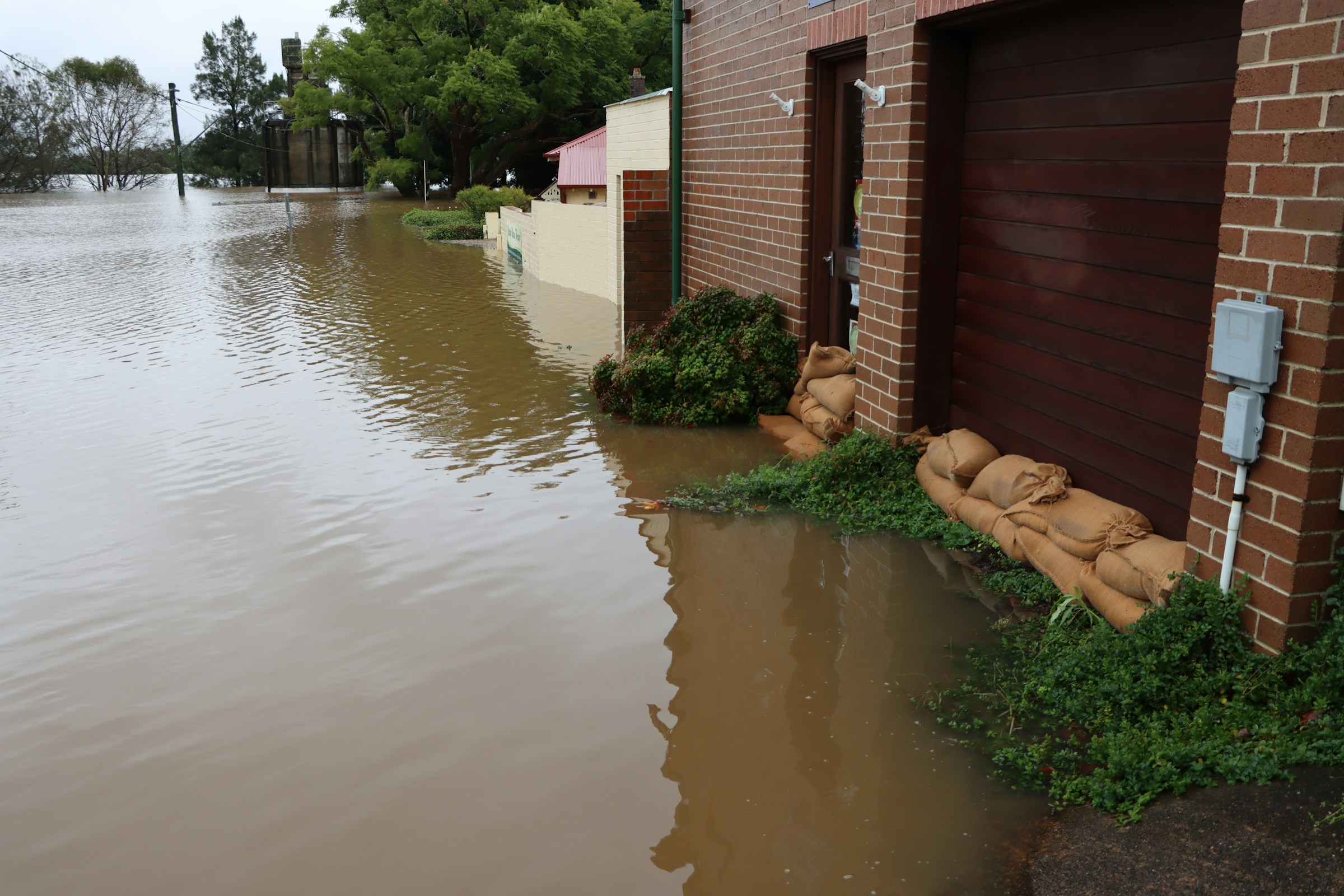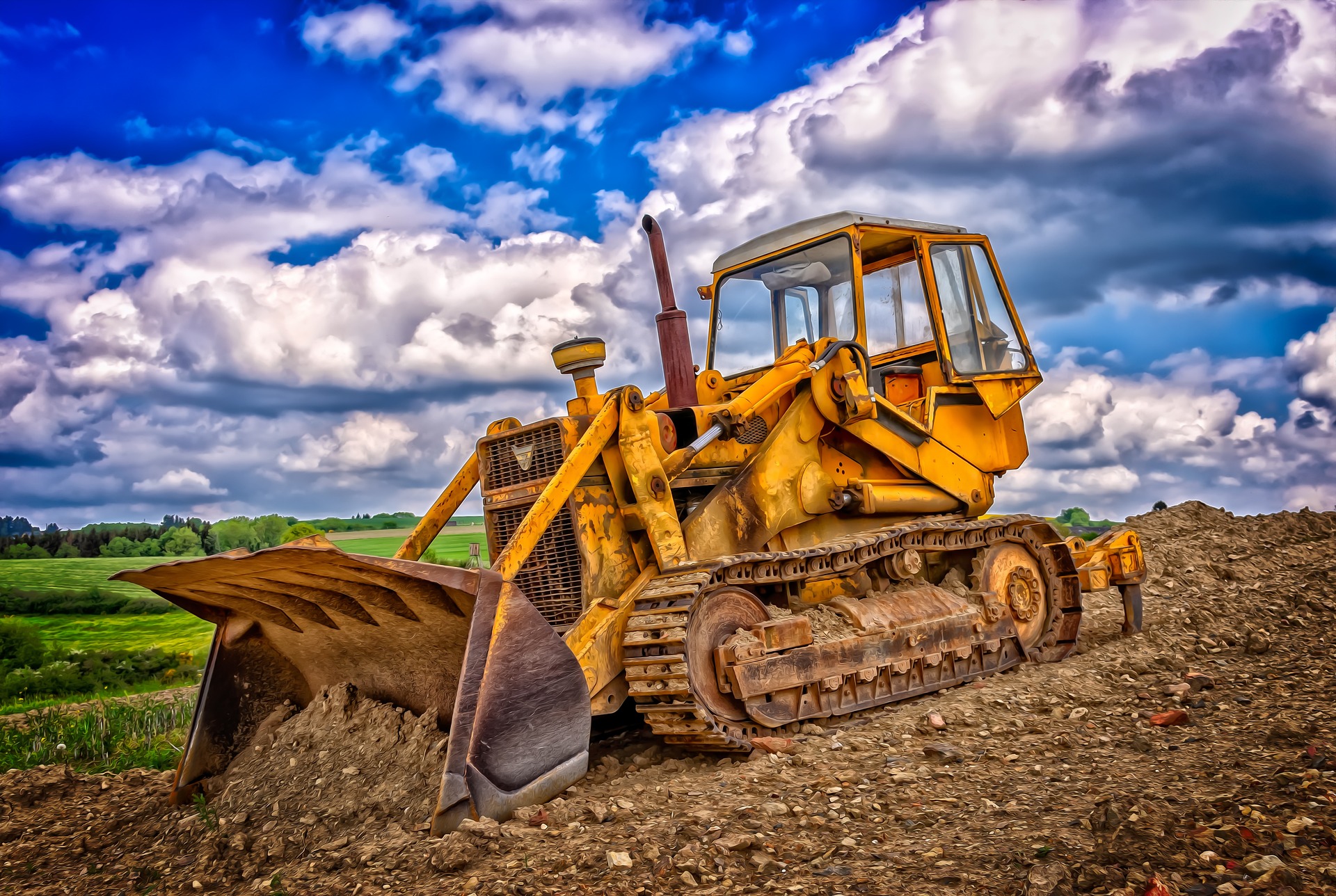How to be prepared for the worst with reliable Storm Shelters
Storm shelters provide crucial protection when severe weather strikes, safeguarding families and valuables from tornadoes and hurricanes. Learn why reinforced construction, underground installation, and FEMA-approved designs matter. Explore safety features, cost considerations, and long-term benefits that raise home value while ensuring peace of mind during unpredictable storms and extreme weather events.

Understanding Storm Shelter Costs and Options
Storm shelter costs vary significantly depending on size, materials, installation method, and location. Entry-level above-ground steel shelters typically start around $3,000 to $5,000 for smaller units that accommodate 4-6 people. In-ground shelters generally range from $4,000 to $10,000, with custom options reaching $15,000 or more. Factors affecting price include excavation requirements, soil conditions, accessibility, and local building codes. For comprehensive protection, larger residential bunkers with extended stay capabilities can cost $20,000 to $50,000+, depending on amenities and construction specifications.
Most manufacturers offer financing options to make storm shelter costs more manageable, with some areas providing grants or tax incentives for installation. When budgeting, homeowners should also consider long-term value – a quality storm shelter represents a significant safety investment and can potentially increase property values in storm-prone regions.
Inground Storm Shelters: Installation and Benefits
Inground storm shelters offer superior protection during extreme weather events by utilizing the natural shielding properties of the earth. These structures are installed below ground level, typically in yards, garages, or under porches, with only their entryways visible above ground. The installation process involves excavation, proper drainage preparation, and secure anchoring to prevent flotation in areas with high water tables.
The primary advantage of inground shelters is their proven ability to withstand extreme wind conditions, with many models tested to resist winds exceeding 250 mph. Their below-grade position protects occupants from flying debris, which causes many storm-related injuries. Modern inground shelters feature ventilation systems, emergency exits, and communication capabilities to enhance safety during extended sheltering periods.
Most inground shelters accommodate 6-10 people comfortably, with larger custom options available for extended families. Their discreet profile preserves yard aesthetics while providing quick access during emergencies – most homeowners can reach their shelter within 30-60 seconds, crucial when minutes matter during tornado warnings.
Steel Shelters: Durability and Protection Features
Steel shelters represent one of the most common and reliable options for severe weather protection. Constructed from heavy-gauge steel plates—typically 1/4” to 3/8” thick—these structures are engineered to withstand extreme wind pressures and impact from flying debris. Quality steel shelters undergo rigorous testing to meet or exceed FEMA guidelines and ICC-500 standards, the benchmark requirements for storm shelters and safe rooms.
The durability of steel shelters comes from their solid construction and strategic reinforcement at critical points. Most feature continuous welded seams, multiple locking mechanisms, and ventilation systems designed to remain functional even under impact. Above-ground steel shelters can be installed in garages, utility rooms, or as standalone structures, while in-ground steel options provide protection without sacrificing living space.
Steel shelters offer excellent longevity, with many manufacturers providing 25-year warranties against structural failure and corrosion. Modern designs incorporate enhancements like battery-powered emergency lighting, communication ports, and custom shelving for emergency supplies, making them both functional and practical for real-world emergency scenarios.
Insulated Fiberglass Shelters: Comfort and Functionality
Insulated fiberglass shelters represent an innovative approach to emergency protection, combining safety with enhanced comfort features. These shelters utilize fiberglass composite materials with specialized insulation layers that regulate temperature and minimize condensation—common problems in traditional steel or concrete shelters. The insulating properties make these shelters more comfortable during extended use, particularly in regions with temperature extremes.
Beyond comfort, fiberglass shelters offer practical advantages including natural resistance to rust, corrosion, and ground moisture. The inherent properties of fiberglass provide excellent protection against electrical interference, allowing better communication with emergency services during storms. Most insulated models maintain interior temperatures 10-15 degrees more moderate than ambient conditions, a significant benefit during prolonged sheltering.
Installation typically requires less heavy equipment than concrete shelters, and the lighter weight materials can make transportation to remote locations more feasible. While generally more expensive than basic steel options, insulated fiberglass shelters provide a balance of safety, durability, and comfort that makes them increasingly popular, particularly for family storm protection in residential settings.
Finding Affordable Storm Shelters Without Compromising Safety
Accessing quality storm protection doesn’t necessarily require a premium budget. Several approaches can make storm shelters more affordable while maintaining essential safety standards. Pre-fabricated shelter kits, which homeowners can install with professional guidance, typically cost 15-30% less than full-service installations. Some manufacturers offer “shell” models that meet structural safety requirements while allowing owners to finish interiors themselves.
Timing purchases during off-season periods (winter months in most regions) can yield discounts of 10-15% as manufacturers and installers seek to maintain business during slower periods. Group purchasing programs, sometimes organized through neighborhoods or community organizations, can secure bulk pricing discounts when multiple shelters are ordered simultaneously.
Government assistance programs provide another avenue for affordable storm shelters. The FEMA Hazard Mitigation Grant Program and similar state-level initiatives offer partial reimbursement in designated disaster-prone areas. Some jurisdictions provide property tax reductions for homes with qualified storm shelters, offsetting initial investments over time.
Storm Shelter Options Comparison
| Shelter Type | Average Cost Range | Capacity | Key Features | Lifespan |
|---|---|---|---|---|
| Steel Above-Ground | $3,500 - $7,000 | 4-10 people | Quick access, garage installation options, tested for 250+ mph winds | 25-30 years |
| Steel In-Ground | $4,000 - $10,000 | 6-12 people | Maximum wind protection, underground safety, concrete floor | 30-40 years |
| Concrete In-Ground | $5,500 - $12,000 | 8-15 people | Superior crush resistance, moisture control, larger capacity | 50+ years |
| Insulated Fiberglass | $6,000 - $15,000 | 4-8 people | Temperature regulation, moisture resistance, communication-friendly | 30-40 years |
| DIY Kit (Steel) | $2,500 - $5,000 | 4-6 people | Cost savings, customizable, requires self-installation | 20-30 years |
Prices, rates, or cost estimates mentioned in this article are based on the latest available information but may change over time. Independent research is advised before making financial decisions.
Preparing Your Storm Shelter for Emergency Use
A shelter’s effectiveness depends not only on its construction but also on proper preparation. Stock your shelter with essential emergency supplies including non-perishable food, bottled water (one gallon per person per day), flashlights, extra batteries, first-aid kit, necessary medications, and battery-powered weather radio. Create a documented emergency plan that all family members understand, including shelter access procedures and communication protocols.
Regular maintenance ensures functionality when needed most. Inspect door seals, ventilation systems, and drainage quarterly, with more thorough checks before severe weather seasons. Test battery-powered equipment monthly, and rotate food and water supplies according to expiration dates. For in-ground shelters, check for water intrusion after heavy rainfall and ensure entry paths remain unobstructed year-round.
Consider communication redundancy, including cell phones, two-way radios, and whistle signals that can help emergency personnel locate you if debris blocks shelter exits. By maintaining both the structural integrity of your shelter and appropriate emergency supplies, you maximize protection and comfort during severe weather events.




